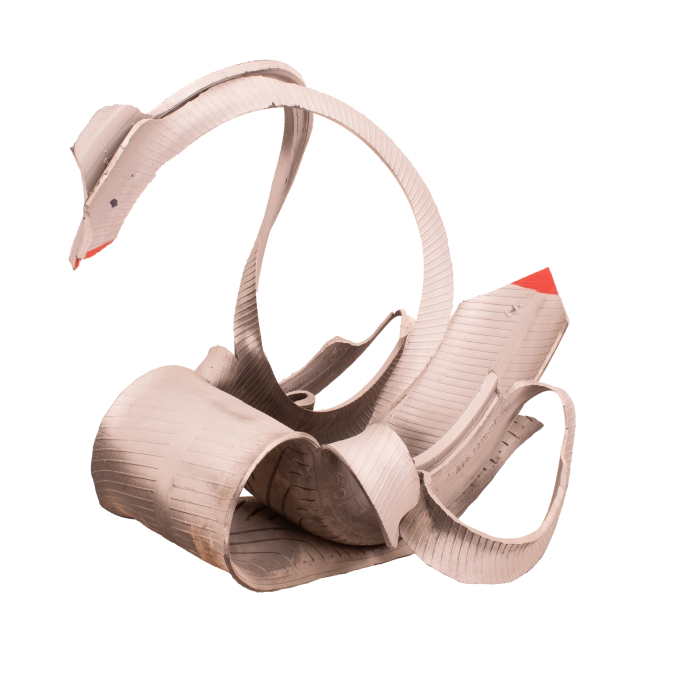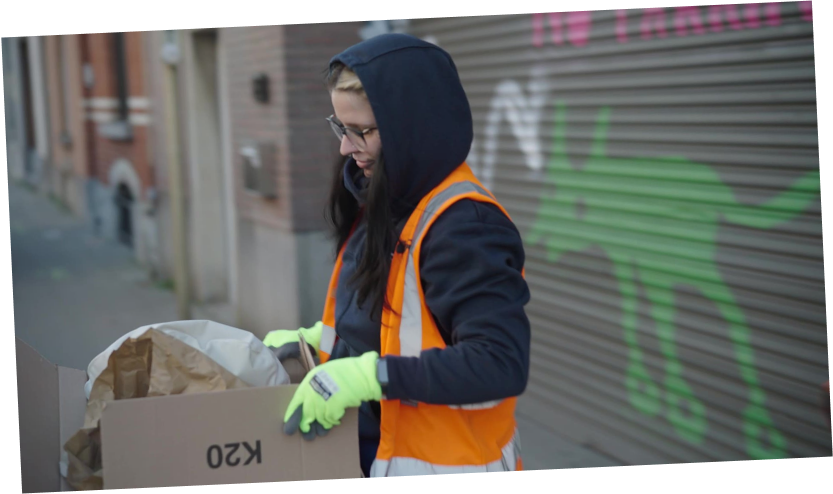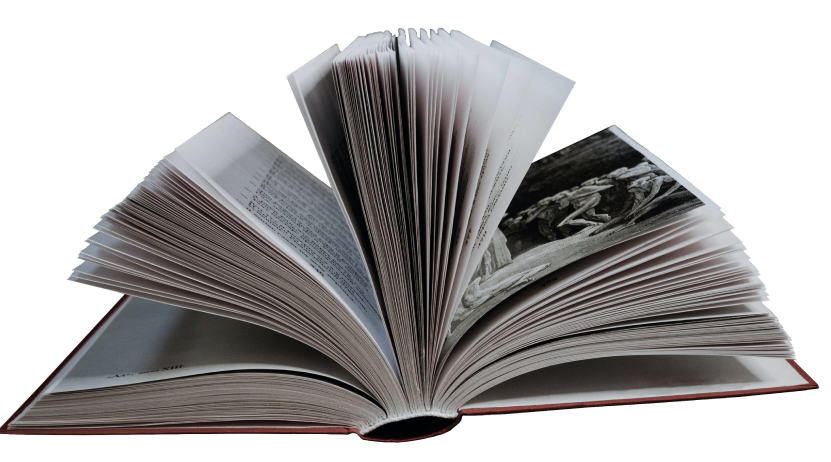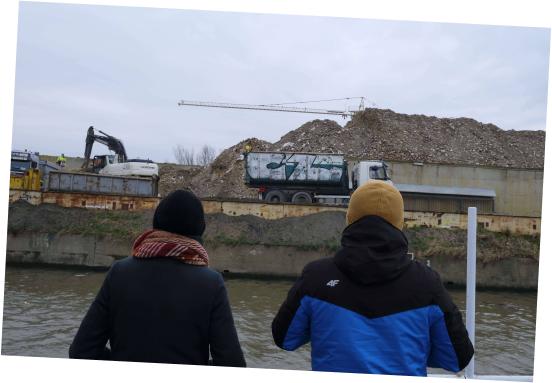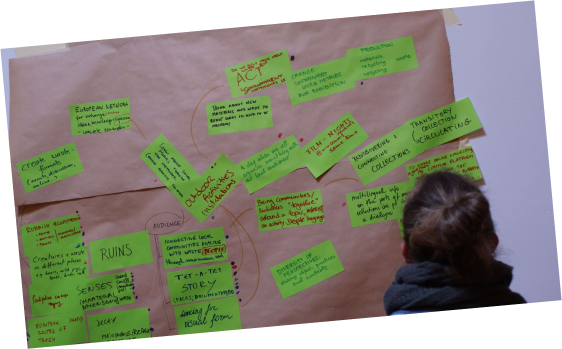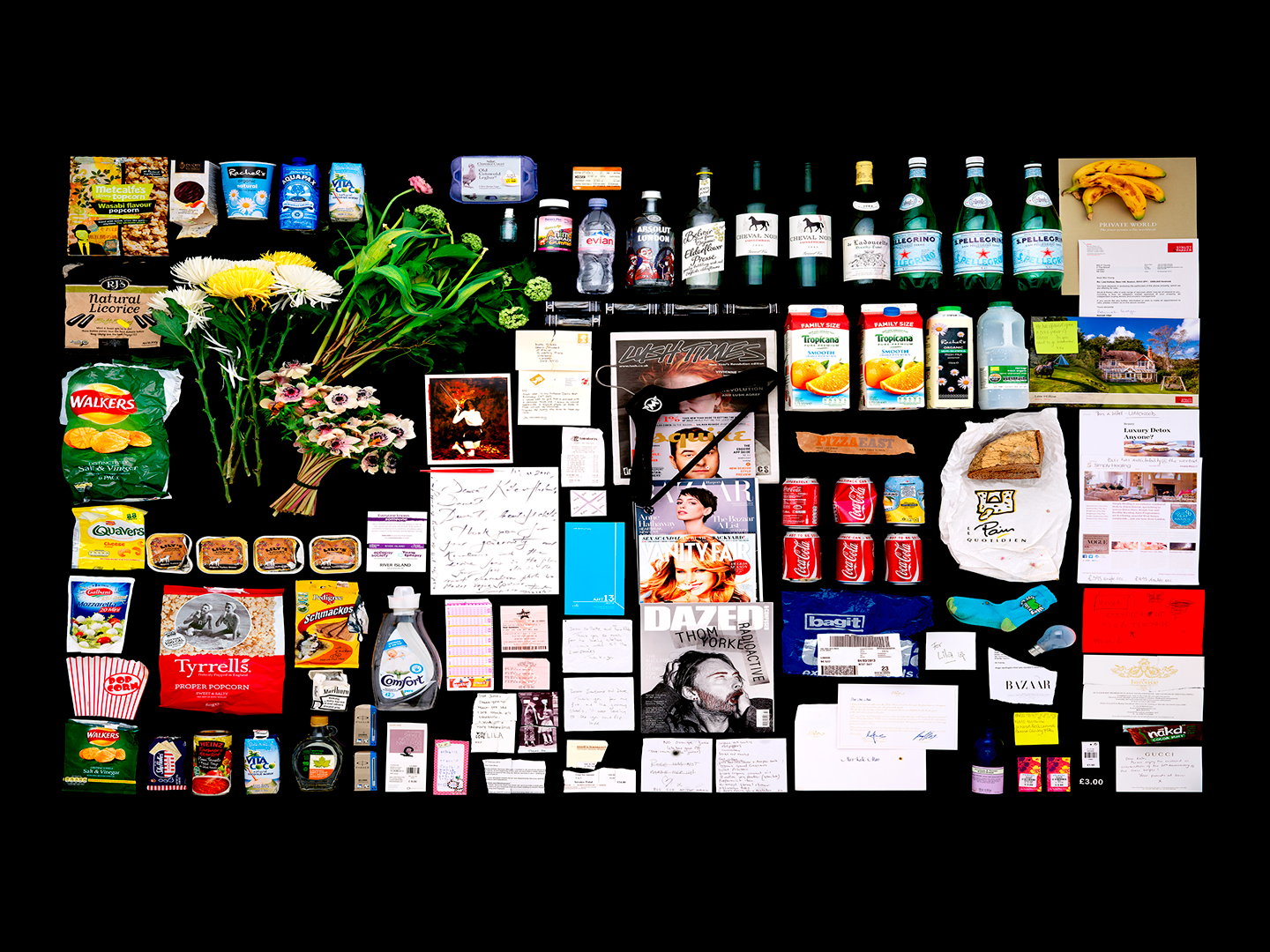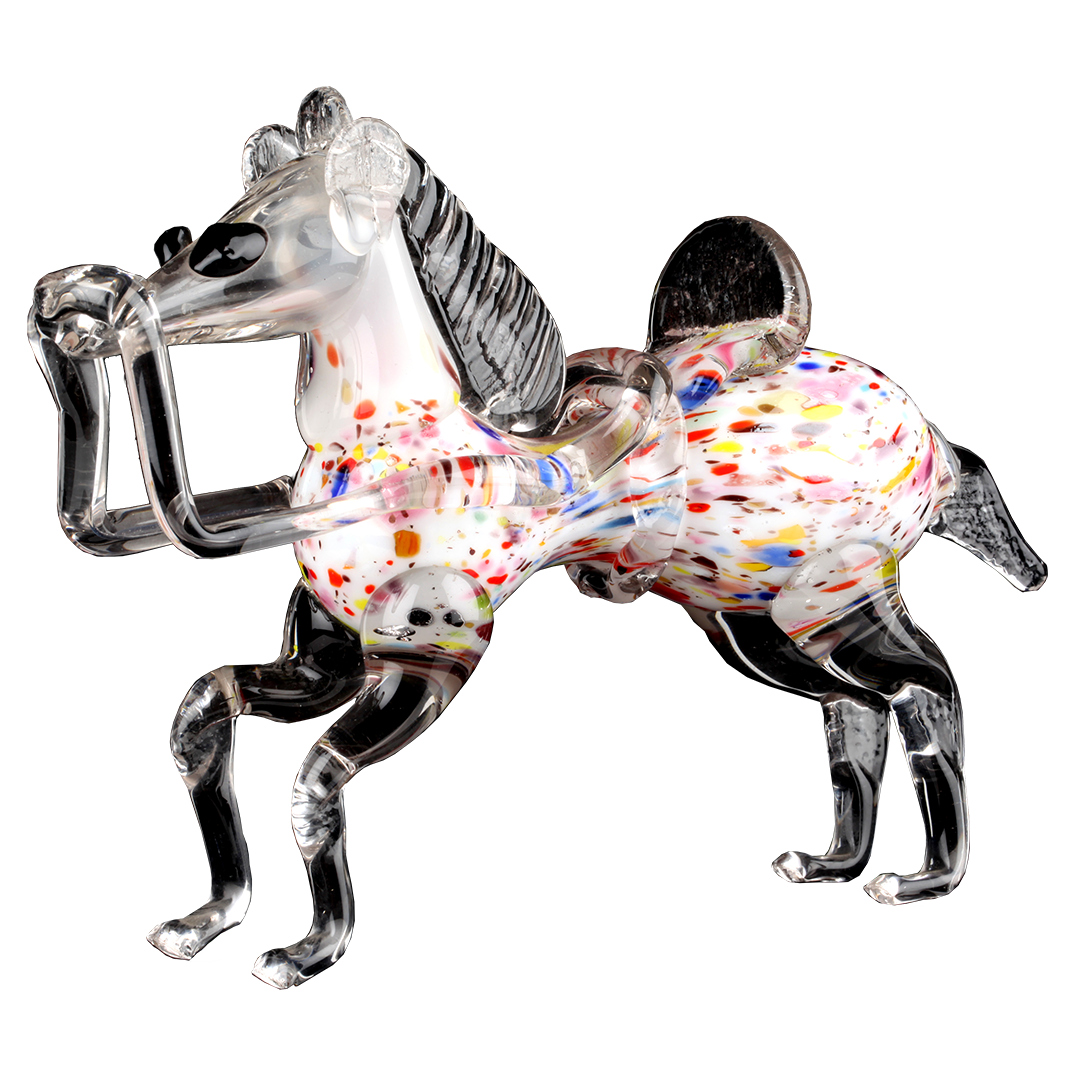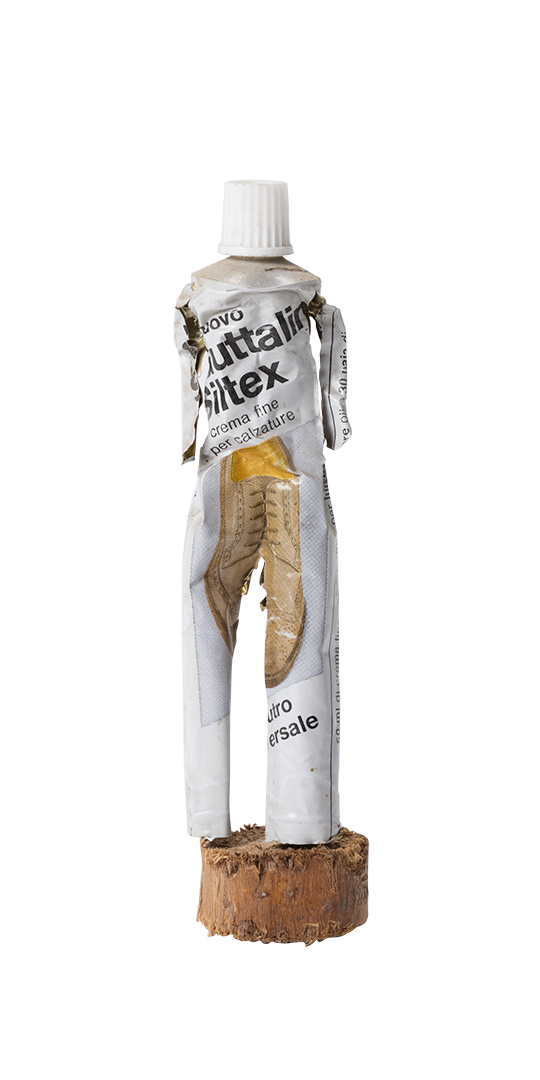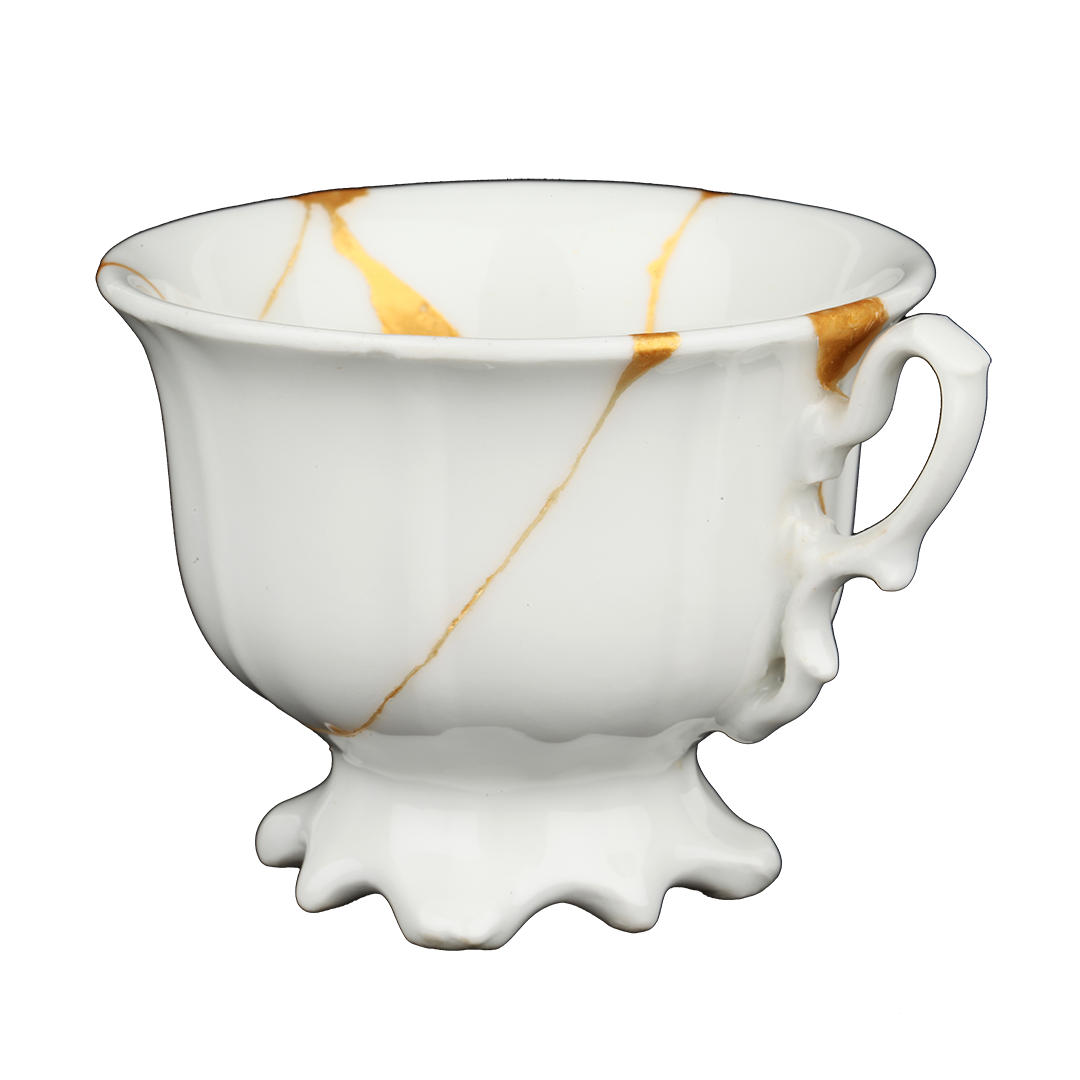Artist/Maker Photographers: Pascal Rostain (12.8.58) and Bruno Mouron (6.8.54)
Date Production/Creation
2012
Entry in the museum collection
2022
Place of origin
Paris, France and London, United Kingdom, Europe
Current location
House of European History, Bruxelles, Belgique
Material
Chromogenic Print
Dimension
1.2x1.8m
Inventory Number 2021.0050.266
Keyword Art People Rubbish
Copyright House of European History, Brussels, Belgium
Status On display in the temporary exhibition Throwaway. The History of a Modern Crisis.
Image Credit Photo 2022 by House of European History © EU, European Parliament
Trash or treasure? Celebrities’ dustbins may be filled with secrets. But is it right to go looking for them?
What is this object about, who are the people behind it?
In 1988, Bruno Mouron and Pascal Rostain started the project "Autopsies", for which they decided to "take out the trash" of celebrities and photograph the contents. The findings from the rubbish bin are arranged in a forensic style, using a black background and viewed from above. The photographers quickly found success, allowing their audience, to go through the trash bins of actors, models, singers, artists and even politicians. In this example, they presented Kate Moss’s rubbish, who at that time in 2012, was at the peak of her modelling career.
What places is this object related to, how European/transnational is it?
This photograph illustrates globalisation and it shows many objects that are transnational. It was taken by two French paparazzi in London. The trash comes from different parts of the world, featuring mainly American, French and British products. It also belongs to a British top model who is well known internationally.
Why and how did this object arrive in the museum’s collection?
This photograph entered the museum’s collection in the context of developing the House of European History’s fifth temporary exhibition Throwaway. In the first section of the exhibition, we will be showing one of the items that is part of this photograph: a special edition Absolut Vodka bottle that was found in Kate Moss’s rubbish. Bruno Mouron and Pascal Rostain have kept most of the objects that are featured in the "autopsies" in a storage unit in Paris.
What is the relation of this object to waste?
This photograph displays rubbish. It shows the products that have been discarded by Kate Moss’s household. There are several bouquets of flowers, bottles of drinks and assorted food items. In the centre of the image, we can see some handwritten notes and receipts, which lets us peek at her private correspondence. Pascal Rostain and Bruno Mouron have continued this project in different countries and for different households. This experiment not only has an artistic dimension, but also a sociological and historical one. It shows the consumption patterns of a varied range of homes, allowing the viewer to look for similarities and differences in products and habits across diverse households in the 2000s and 2010s. With time, these photographs will gain historical value and could be used as a reference to study the behaviours and goods of their era. The photograph also raises debate about privacy and public spaces. In some countries, it is illegal to go through someone’s trash, even when it is in a public space, whereas in others, it is allowed or there is a lack of relevant legislation.

